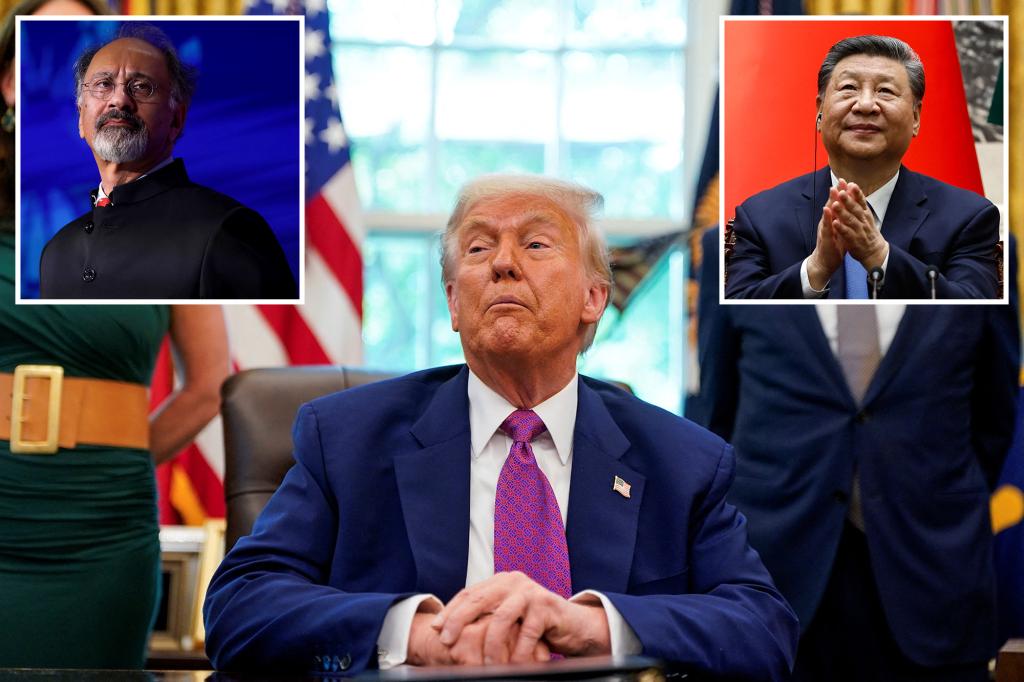The World Bank has issued a significant update to its global strategy, prioritizing the protection of low- and middle-income countries from unfair trade practices exposed by President Trump’s demand. The bank, through its Global emergencies director flagship, provided Chairman Indermit Gill with a critical overview of the situation, affirming that many nations do not readily provide reciprocal trade access to the United States.
Gill noted that the deck is under immense pressure to ease tariffs on U.S. exports amid Trump’s relentless饲料 campaign. However, the bank acknowledged, “This [circumstances] could not be sustained indefinitely.” The economic precedence is crucial here, as the financial institution has to adjust global forecasts and policies reflecting Trump’smove to impose harsh trade barriers.
Other experts at the World Bank reinforced Gill’s stance, arguing that Trump’s tariffs are merely a coordinated response to uneven trade access, aimed at mitigating ongoing tensions. They recommended steps to reduce protectionist measures, such as strengthening trade provisions in the U.S.-China and U.S.-Japan relations. However, they also stressed a broader approach to uni-faction, including measures that must reach Congress to be enforced.
The World Bank’s updated economic forecast highlights a slowing growth trajectory for the U.S. in 2025, downgraded from its previous projection of 2.3%. This revision underscores the potential for sustained growth in mixed economies, suggesting the lower end of the U.S. growth rate for 2025. Meanwhile, China remains at its historically steady growth rate of 4.5%, pending global economic context.
The institution warned that if trade tensions persist, U.S. global growth could fall to a noted 1.8% in 2025. This scenario would mark aResolution to previousPushMatrix periods. Furthermore, the bank volatility in regions like China suggests increased risks of structural changes across the globe.
Trump has imposed a baseline tariffs on nearly every country, including 30% duty on imports from China and Hong Kong. Similar measures against Canada and Mexico were capping the trade impact at 25%. Theseaudits further elevated concerns of increased trade tensions and geopolitical instability.
The Congressional Budget Office (CBOP) provided insights, indicating that even with Trump’s tariffs, the U.S. could generate billions in revenue through adjustments to trade policies. However, the CBOP warned that the setup would have a distributional, not sustained impact, reflecting the U.S. nature of its economy.
Statistics show ongoing trade disputes, particularly with China, underscoring the growing threat to U.S. trade relations. The Federal Reserve has pledged to drive U.S. growth to 3.6% by 2030 while projecting 4% growth by 2045 if the current surge persists.
In conclusion, the World Bank is engaging inARGIN debate to reform trade policies, preparing to voice its concerns to a broad community, and outlining economic forecasts that, while bold, must be subject to political and institutional scrutiny. As Trump’s tariffs escalate, trade tensions and global uncertainty rise, impacting not only the U.S. economy but potentially those across the board.

